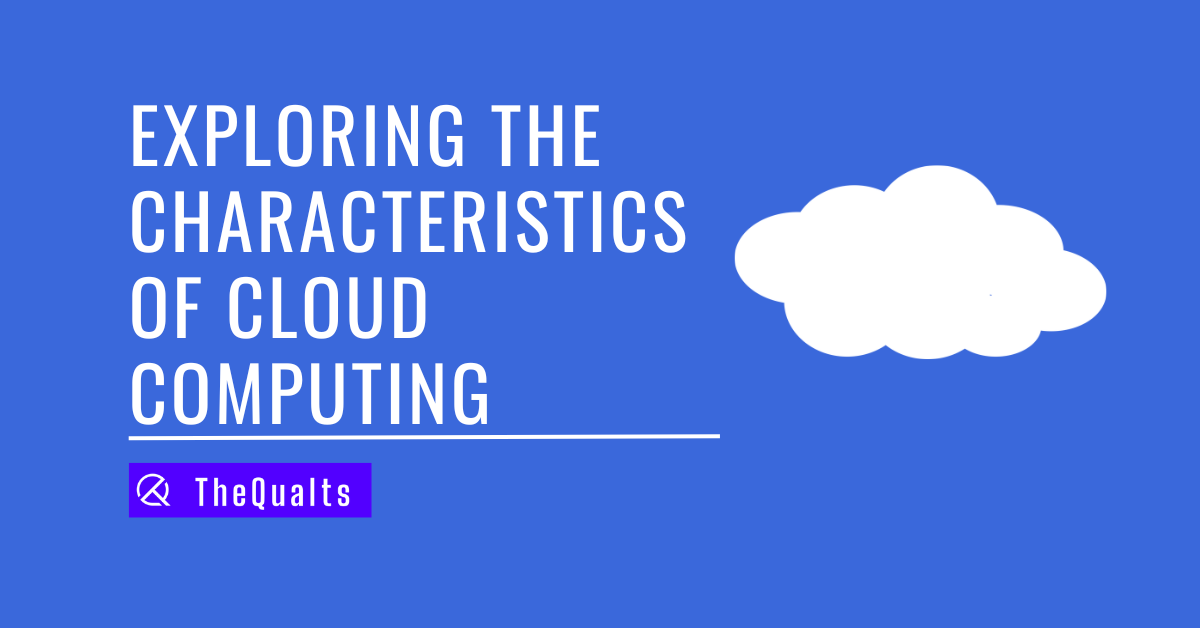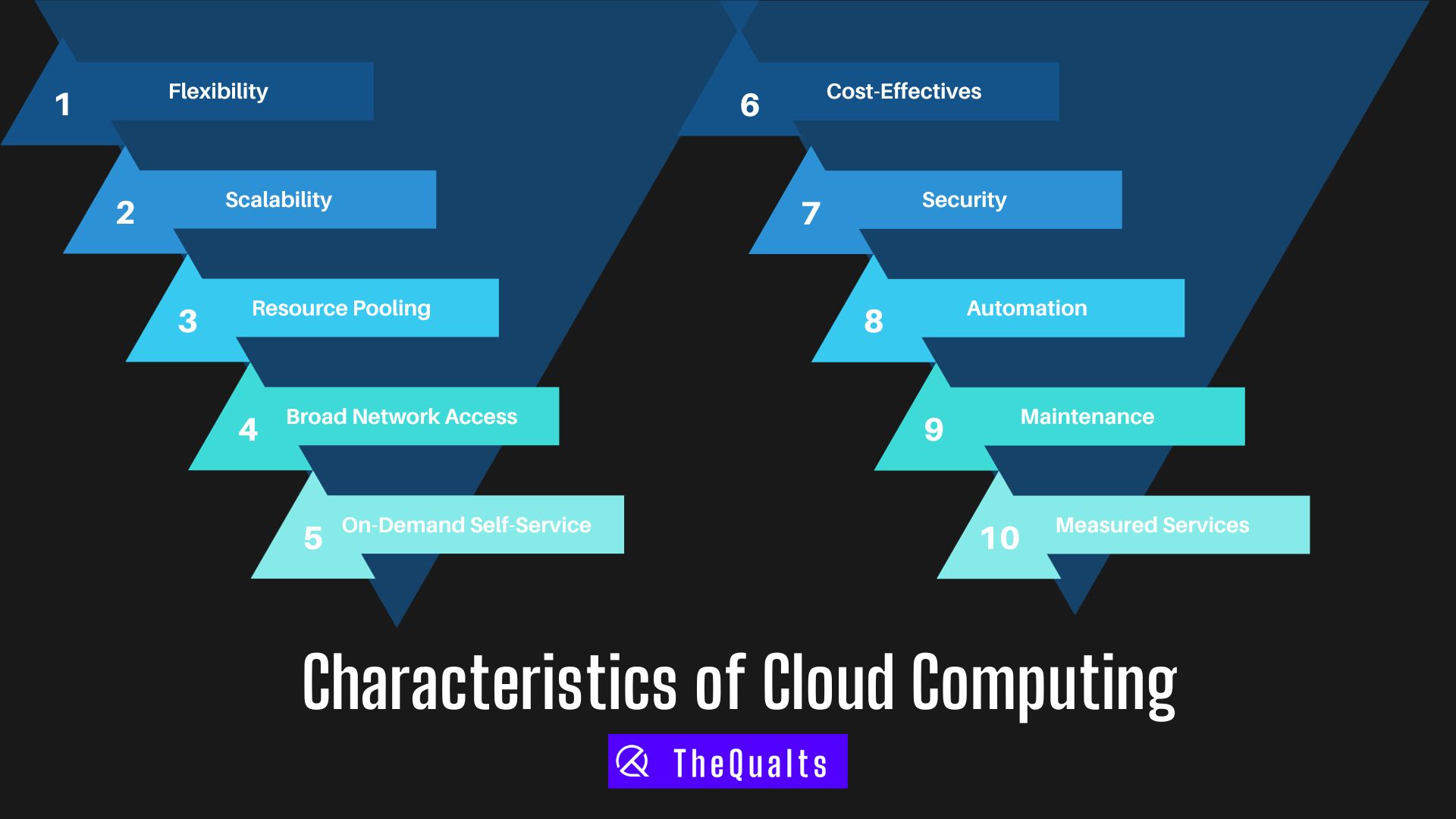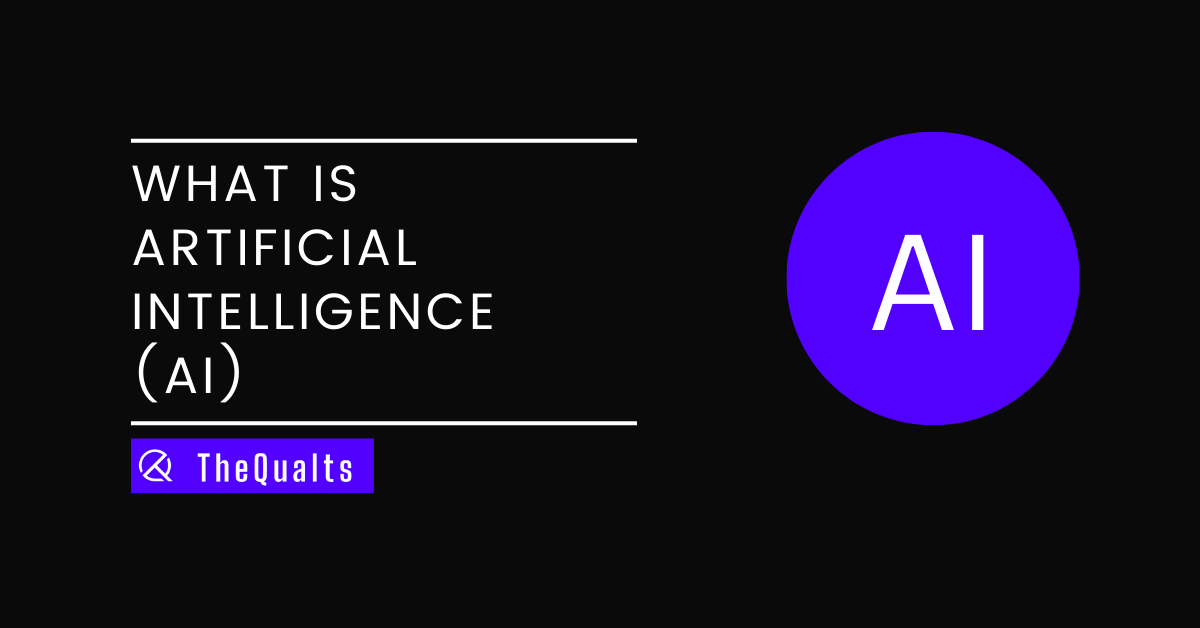Explore How Quantum Computing Will Make its Impact in the Future in Various Way

/ In recent years, Quantum Computing has emerged as a promising technology that has the potential to revolutionize many industries in future.
By Nilesh Badwar.
09 OCT 2023, 16:52 PM IST
Introduction:
Quantum computing is a type of computing that relies on the principles of quantum mechanics to perform computations that are beyond the capabilities of traditional computers.As technology advances day by day, it is important to stay connected with what could be its impact on the future.
This technology is expected to impact a diverse range of fields, including cryptography, drug discovery, financial modeling, and many others. In this article, we will explore how quantum computing will make its impact in the future and delve into the various ways it can revolutionize industries and improve computational capabilities.
Faster Computing:
One of the most important and significant impacts of quantum computing will be its ability to perform computations at an unprecedented speed. Traditional computers rely on bits to store data, while quantum computers rely on qubits. Qubits can exist in multiple states simultaneously, which allows quantum computers to perform several computations simultaneously.
This ability to perform multiple computations simultaneously will not only lead to faster computing speeds but also enable the analysis of complex data sets in a fraction of the time it would take a traditional computer. This speed advantage will be especially beneficial in fields such as weather prediction, optimization problems, and large-scale simulations.
Advancements in Scientific Discovery:
One of the most promising applications of quantum computing lies in the field of scientific research. Quantum computers can simulate the behavior of molecules and materials at the quantum level with unprecedented accuracy. This capability opens up new avenues for drug discovery, materials science, and the development of clean energy solutions. Scientists can now explore complex systems and phenomena that were previously computationally infeasible, ultimately accelerating scientific progress.
Supercharged Artificial Intelligence:
Artificial intelligence (AI) has been a game-changer in various industries, but its potential is limited by the computational power of classical computers. Quantum computing has the potential to turbocharge AI algorithms, enabling more sophisticated machine learning and data analysis. This means smarter autonomous vehicles, more accurate medical diagnoses, and improved natural language processing, among other advancements.
Revolutionizing Cryptography:
In the digital age, security is paramount. Classical computers rely on encryption methods that could potentially be broken by powerful quantum computers using Shor’s algorithm. However, quantum computing also offers a solution to this problem with quantum-resistant cryptography. This new form of encryption leverages the principles of quantum mechanics to secure data, ensuring that our digital world remains safe from cyber threats.
Improved Supply Chain Management:
Quantum computing is expected to revolutionize supply chain management by improving optimization techniques. Supply chains are complex networks that involve the movement of goods from manufacturers to consumers, with countless variables impacting efficiency.
Quantum computing can help optimize supply chain operations by analyzing large amounts of data and predicting potential bottlenecks. This technology can enable businesses to reduce costs, improve delivery times, and enhance overall supply chain transparency and resiliency. For example, quantum computing can optimize inventory management, route planning, and demand forecasting, leading to improved customer satisfaction and increased profitability.
More Accurate Predictive Models:
Quantum computing has the potential to improve predictive modeling in various industries. For example, in drug discovery, quantum computing can help scientists create better models for drug interactions at the molecular level. Traditional drug discovery processes often involve screening vast libraries of compounds, which is time-consuming and resource-intensive.
Quantum computing can accelerate this process by simulating molecular behavior and interactions, aiding researchers in identifying drugs that are more effective and have fewer side effects. By enabling more accurate predictive models, quantum computing holds the promise of transforming personalized medicine and accelerating the development of life-saving treatments.
Improved Financial Modeling:
Quantum computing can significantly enhance financial modeling by analyzing large datasets quickly and accurately. Financial modeling involves predicting future trends in financial markets and forecasting the performance of various financial instruments. Traditional computers struggle with the computational demands of complex financial models and large-scale simulations.
Quantum computers, on the other hand, can perform these tasks more accurately and efficiently, enabling businesses to make better decisions based on more accurate market predictions. This can have a profound impact on investment strategies, risk management, and portfolio optimization, leading to improved returns on investments and reduced financial volatility.
Conclusion:
Quantum computing is a promising technology that will have a profound impact on many industries in the future. Its ability to perform computations at a speed beyond the capabilities of traditional computers, enhanced data security, automated supply chain management, improved predictive models, and financial modeling are just a few examples of the potential benefits of this technology.
As quantum computers become more powerful and scalable, businesses that invest in this technology are expected to gain a competitive advantage over their competitors in the future. While there are still challenges to overcome, such as developing error-correcting quantum algorithms and building reliable quantum hardware, the future potential of quantum computing is vast, and its impact on various sectors is likely to reshape the technological landscape.






